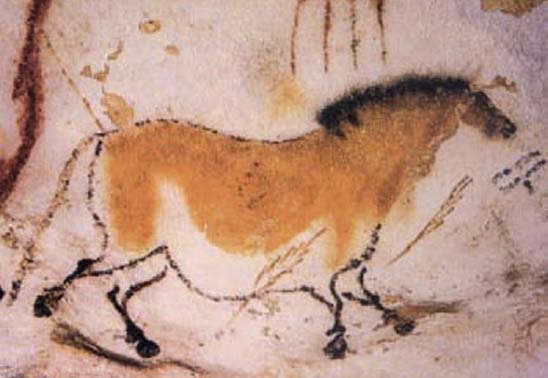Art Principles and HistoryPrehistoric Art |
What are the Lascaux Caves? |
The Lascaux Caves in southern France are the site of an important discovery: prehistoric art on a scale never seen before and dating from approximately 15,000 B.C.E. The caves were accidentally discovered by a group of boys searching for their lost dog, and soon after, archeologists were called in to investigate. Paleolithic artists at Lascaux painted over 600 images and made more than 1,500 life-like carvings of animal, including images of horses, cows, deer, and bulls, deep within the caves. The art discovered at Lascaux was dizzyingly impressive and attracted thousands of visitors after opening to the public in the 1940s. The arrival of tourists resulted in severe damage to the art and the caves were permanently shut to visitors in 1963. Anyone wanting to see the Lascaux Caves can now visit a replica site that opened in 1983.

When Lascaux’s prehistoric cave paintings were discovered, scholars were so impressed they at first couldn’t believe the artists were prehistoric people. Cave paintings, such as those at Lascaux, have been discovered all over the world.
